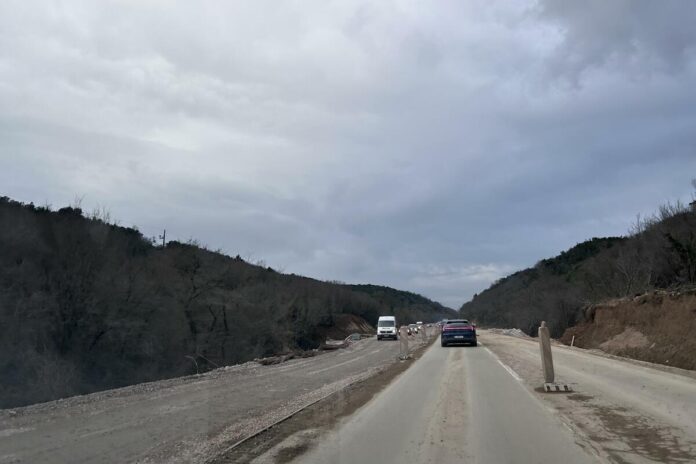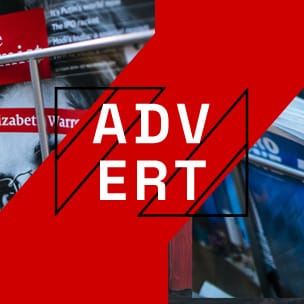“Address the Sewage System Issues or Face Construction Delays on the Tivat to Jaz Boulevard”
Construction work on the Tivat – Jaz boulevard, Image: Vuk Lajović
Residents of the Grbalj area in Radanovići are determined to halt the construction of the boulevard from Tivat to Jaz. They are frustrated by the lack of sewage infrastructure in the new road plans, which threatens the area—home to over 20 residential buildings—and makes it one of the most vulnerable regions in Montenegro.
This statement was made to “Vijesti” by the president of the Local Community (MZ) “Radanovići”, Mirko Kordić, who mentioned that all relevant state institutions have been informed about the issue but have yet to respond positively.
“The local community of ‘Radanovići’ wants to raise awareness among citizens about the shortcomings in the construction of the Tivat – Jaz boulevard, as these problems will have serious ramifications for both Radanovići and Grbalj as a whole. The key issue is the lack of sewage infrastructure for Grbalj along the boulevard, which poses a significant concern for the local population. Given these circumstances, I believe our community is currently the most at risk in Montenegro. Currently, over 20 new residential buildings are under construction here, none of which have a comprehensive sewage solution, with investors instead opting for individual bio-septic setups,” emphasized Kordić.
Based on previous experiences, he noted that these individual sewage solutions are inadequate, as the three buildings already occupied emit unpleasant odors, severely impacting the quality of life in Radanovići.
“The Municipality of Kotor had promised that proper project documentation would be created and sewage infrastructure would be installed in Radanovići; however, for unknown reasons, this project has not been executed. It’s worth noting that Radanovići is traversed by two streams, the Koližunj and Medovica streams, which were historically significant for the residents, serving for drinking and agricultural purposes. Unfortunately, these streams have now become dumping grounds for waste and sewage from newly constructed and ongoing buildings,” Kordić cautioned.
He emphasizes that this local community has continually reached out to the relevant state authorities and institutions to devise a plan to address this pressing issue.
“Of course, the MZ ‘Radanovići’ is not opposed to investment and housing development in this area, but the sewage infrastructure is inadequate and unaddressed, which needs urgent rectification as it is essential for the area’s development. It’s perplexing how such a substantial number of construction permits were issued for predominantly residential buildings without resolving infrastructure issues, and at this rate, it appears unlikely that they will be addressed,” stressed Kordić.
He also mentioned that residents of the “Radanovići” community have reached out to the Government of Montenegro, the Environmental Protection Agency, the Montenegrin Coast Regional Water Supply Company, the Traffic Administration, and the Ministry of Spatial Planning, Urbanism and State Property regarding these oversights.
“Unfortunately, none of these institutions have replied or taken any steps to act, which has compelled us to respond in this manner. If sewage infrastructure does not become an integral part of this boulevard project, we, the residents of Radanovići, will block the works at the soonest opportunity. I urge all citizens to join our protest because this matter significantly impacts the general welfare of our community,” concluded Mr. Kordić.
The project aims to construct a 16-kilometer-long boulevard, featuring two lanes and a two-meter-wide separating island, with a total estimated cost of around 54 million euros. The project is backed by the Traffic Administration and the Regional Water Supply Company, with completion expected by mid-January 2026.
News


